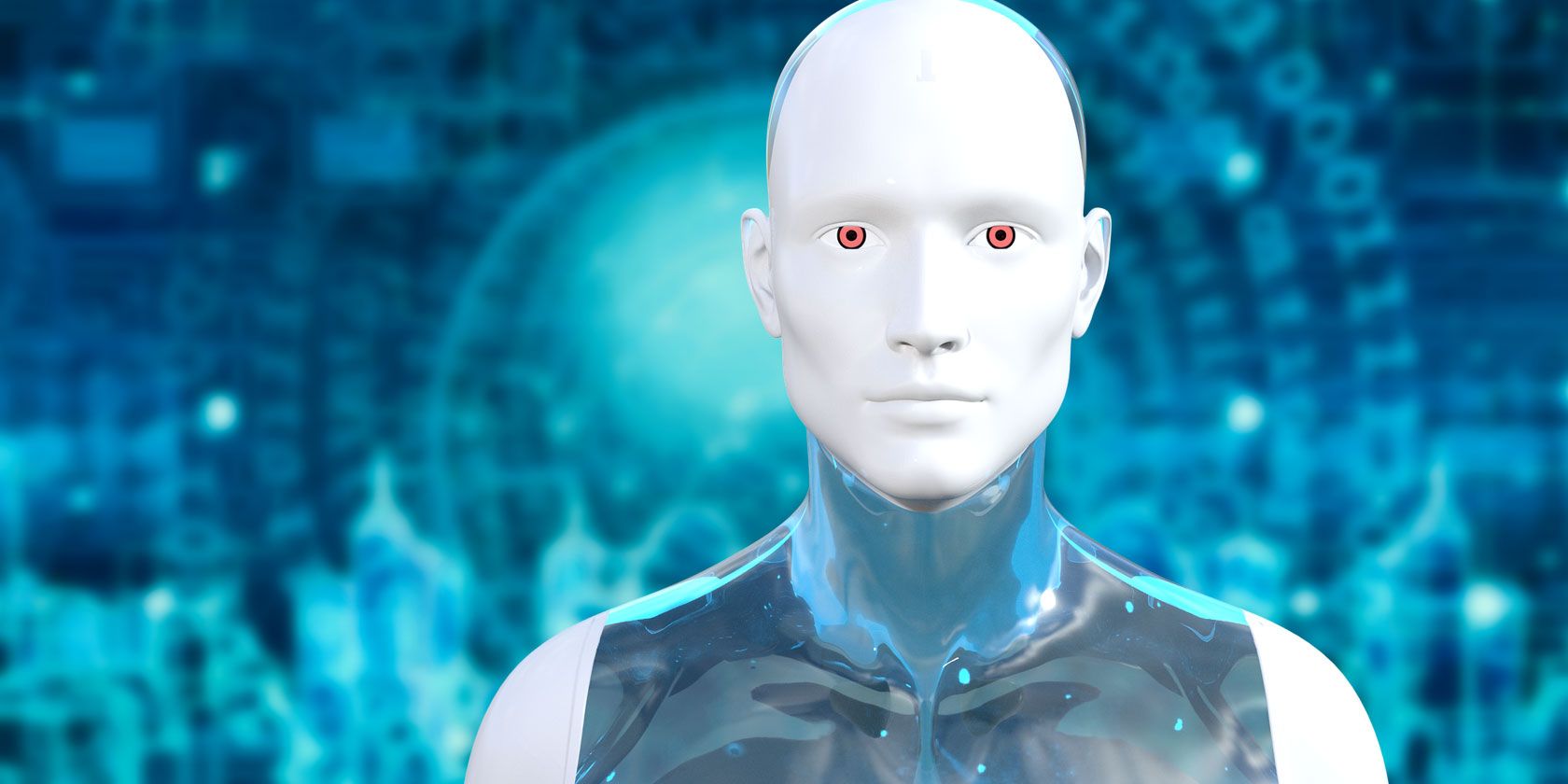Artificial intelligence (AI) and machine learning produce many of the advancements we see in the technology industry today. But how are machines given the ability to learn?
Here's a look at the definition of machine learning, along with some examples of machine learning and how it can go wrong.
Machine Learning Definition: What Is Machine Learning?
Machine learning is a branch of computer science that focuses on giving AI the ability to learn tasks in a way that mimics human learning. This includes developing abilities, such as image recognition, without programmers explicitly coding AI to do these things. Instead, the AI is able to use training data to identify patterns and make predictions.
Algorithms, which are a set of instructions provided by programmers, work with training datasets to enable AI to learn.
An algorithm may provide a set of steps that an AI can use to solve a problem—for example, learning how to identify pictures of cats versus dogs. The AI applies the model set out by the algorithm to a dataset that includes images of cats and dogs. Over time, the AI will learn how to identify cats from dogs more accurately and easily by identifying certain patterns.
How Does Machine Learning Work?
You get different approaches to machine learning which differ in how much supervision is given to the AI. Supervised learning, for example, includes labeled training data. This approach is also known as classical machine learning—relying on humans to help the AI understand the features of its dataset.
Unsupervised machine learning does not include labeled data, rather opting for an unlabeled dataset. This form of AI training, common in deep machine learning (a subset of machine learning), lets the AI identify patterns and clusters in the data by features it is able to detect in the data. This type of machine learning relies on neural networks to enable deep learning.
Depending on the results from training, programmers can also tweak the algorithm to better achieve the desired output from the AI.
Machine learning improves technology such as search engines, smart home devices, online services, and autonomous machines. It's how Netflix knows which movies you're more likely to enjoy and how music streaming services can recommend playlists.
Examples of Machine Learning AI
Machine learning powers much of the AI we see in our daily lives. Recommendation algorithms are a popular form of machine learning seen on streaming services and social media sites. These platforms use AI to predict what you might like to see based on the data that has been gathered from your profile.
Machine learning is also used to create generative AI and large language models, with the AI in the tools like Bing Chat relying on massive amounts of training data.
Why Machine Learning Goes Wrong
There are a few reasons that machine learning results in unintended consequences. These include problems with data gathering, the data provided, and the way people use AI tools.
In terms of data, the mantra of "junk in, junk out" applies. If the data that is fed to an AI is limited, biased, or low-quality; the result is an AI with limited scope or bias.
But even if programmers get the data right, people can throw a wrench in the works. Creators of software often don't realize how people may use the technology maliciously or for selfish purposes. Deepfakes came from the technology used to improve special effects in cinema, but can also be used to mislead people.
More recently, people are jailbreaking chatbots to get that go against the platform's terms of service.
There are people working towards improving the safeguards around machine learning technology to prevent malicious use. But there are concerns that the development of tools will outpace the ability of society to adapt to them.
Machine Learning Algorithms Can Help Us
Machine learning is used in powerful AI tools that power our recommendations and search results online, as well as forming the backbone of generative AI and large language models.
However, the output from machine learning algorithms relies on the quality of their datasets.


